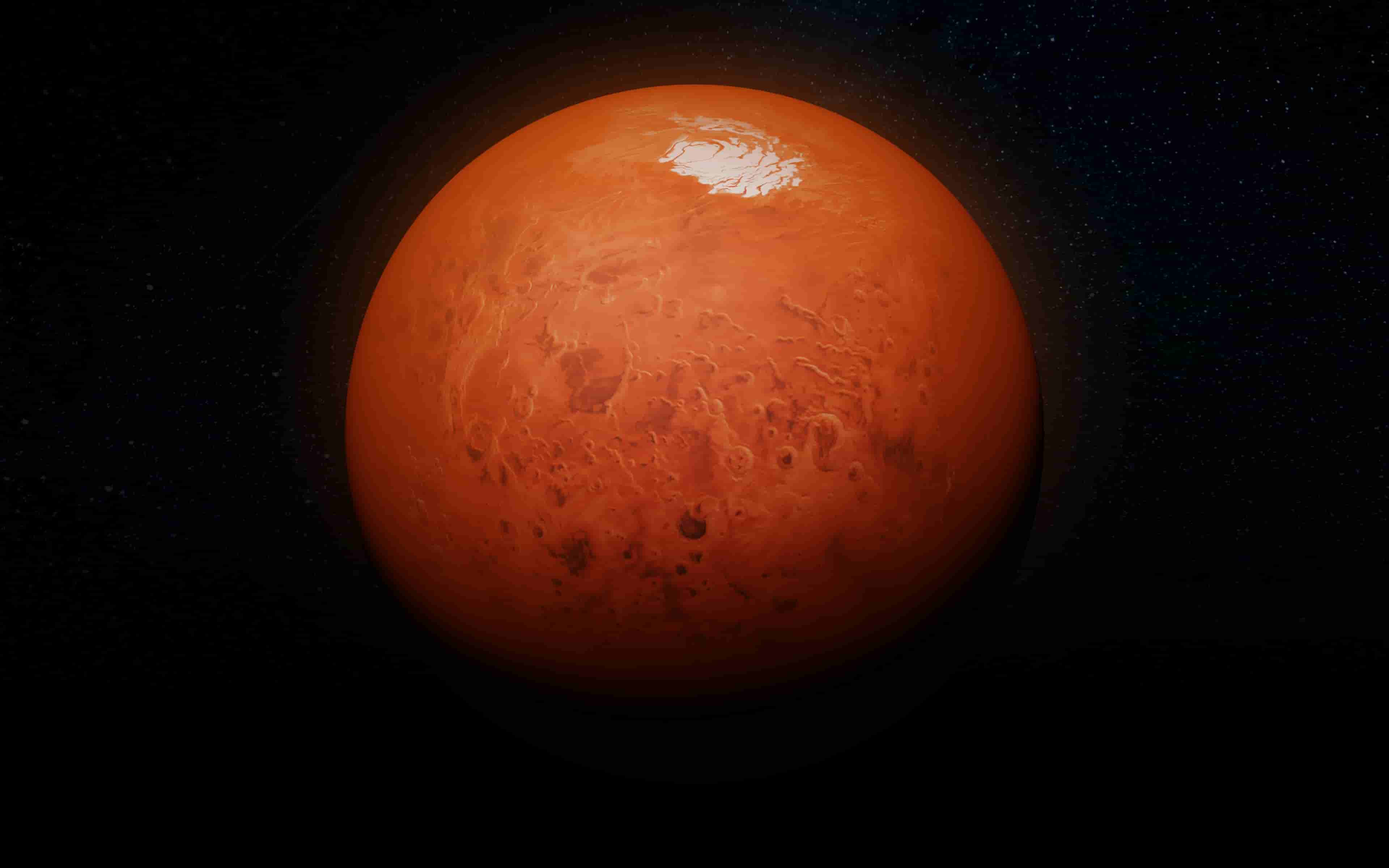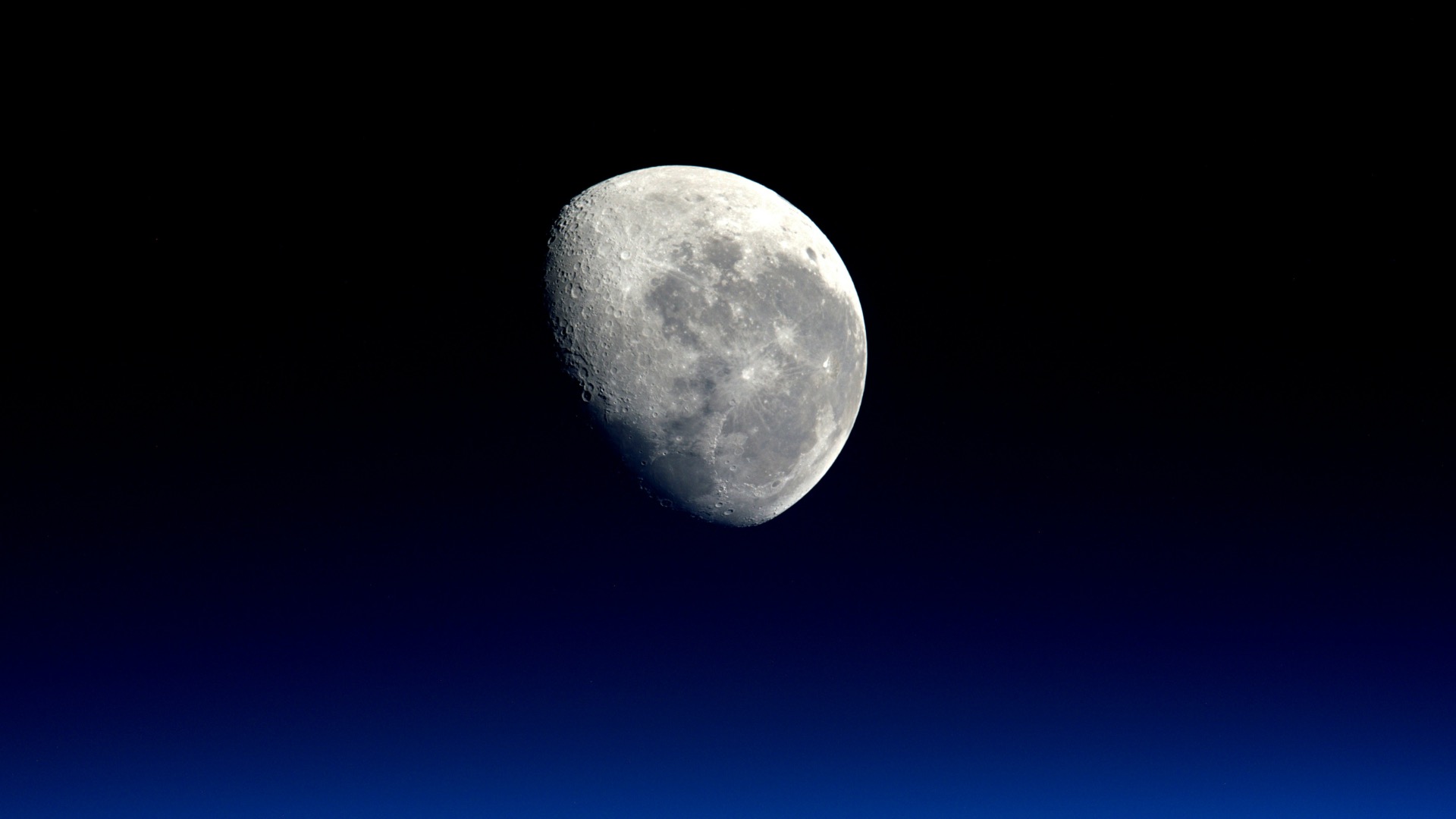Mars, unlike Earth, doesn’t have a strong magnetic field to protect it from the Sun’s powerful solar wind. Scientists have recently discovered two unique types of electric currents in Mars’ upper atmosphere, called the ionosphere. Using data from NASA’s MAVEN spacecraft, they found that these currents are formed both by the solar wind and by Mars’ own atmospheric winds. This discovery helps scientists understand how Mars’ atmosphere has changed over time - and why Mars, once thought to be warmer and wetter, is now a cold and dry planet.
Why Electric Currents Matter on Mars
Electric currents in a planet’s ionosphere are important because they control how charged particles move in the atmosphere. On Earth, our magnetic field protects us by blocking most of the solar wind. But on Mars, which has no global magnetic field, the solar wind hits directly, stripping away the atmosphere over billions of years. Studying these electric currents helps scientists understand how energy from the Sun affects Mars’ atmosphere, potentially causing it to thin and cool.
The Two Current Systems
The researchers found two main types of currents in Mars’ ionosphere:
1. Solar Wind-Driven Currents: These currents are created when the solar wind - a stream of charged particles from the Sun - hits Mars’ atmosphere. As the solar wind particles collide with Mars’ atmosphere, they create a flow of electricity. This flow forms a kind of magnetic shield, though not as strong as Earth’s, which helps protect the Martian surface a little bit from direct solar radiation.
2. Atmospheric Wind-Driven Currents: The second type of current is created by Mars’ own winds within its atmosphere. As winds blow through the upper atmosphere, they push against charged particles, creating currents. This system of currents is similar to a natural phenomenon on Earth but behaves differently due to Mars’ unique conditions.
Together, these currents create a complex system of energy flow that helps shape Mars’ atmosphere.
Why This Matters for Mars Exploration
Understanding these electric currents is important for future Mars missions. The currents affect how particles escape into space, which could explain how Mars lost much of its early atmosphere and water. Knowing more about these processes could give scientists clues about where to find traces of water or even ancient life.
This research also helps us understand planets outside our solar system that don’t have magnetic fields. By studying Mars, scientists learn more about how atmospheres change over time, especially on planets that can’t protect themselves from solar wind.
What’s Next?
As scientists continue to study Mars’ atmosphere, these findings about electric currents will help them understand the Red Planet’s history and its potential to support life. By revealing how energy from the Sun interacts with Mars’ atmosphere, this research opens up new questions about the evolution of planets both in our solar system and beyond.


